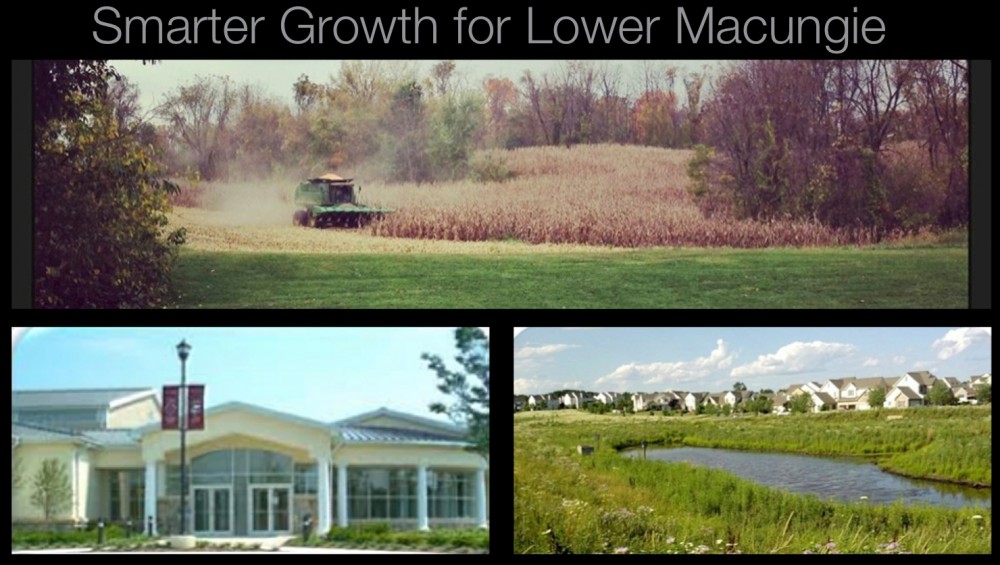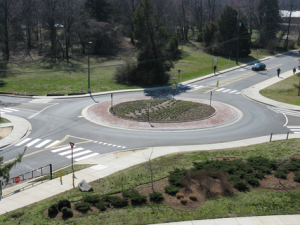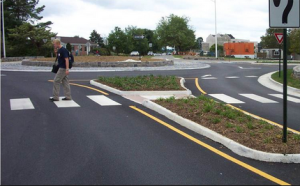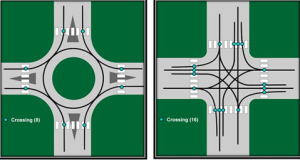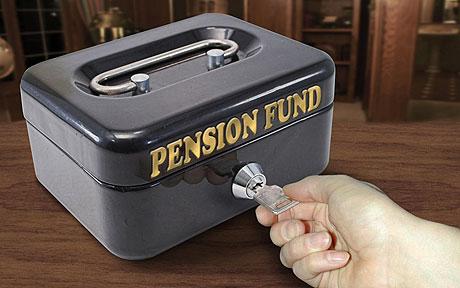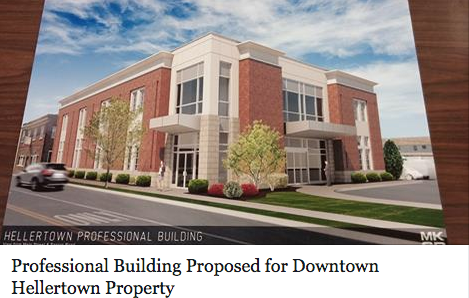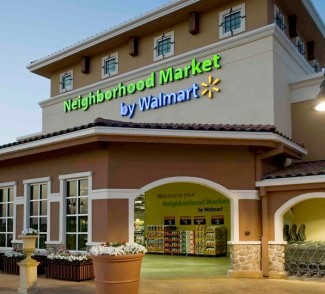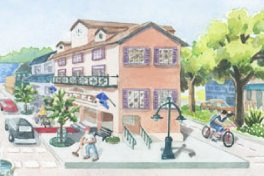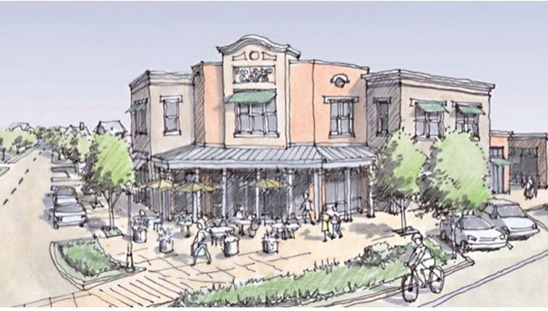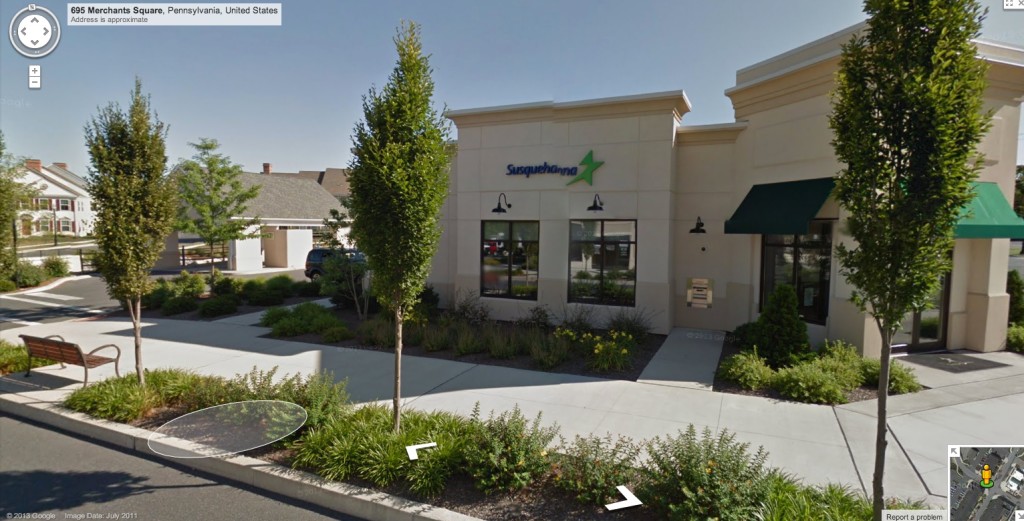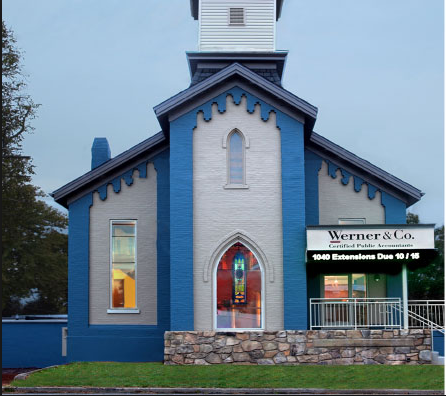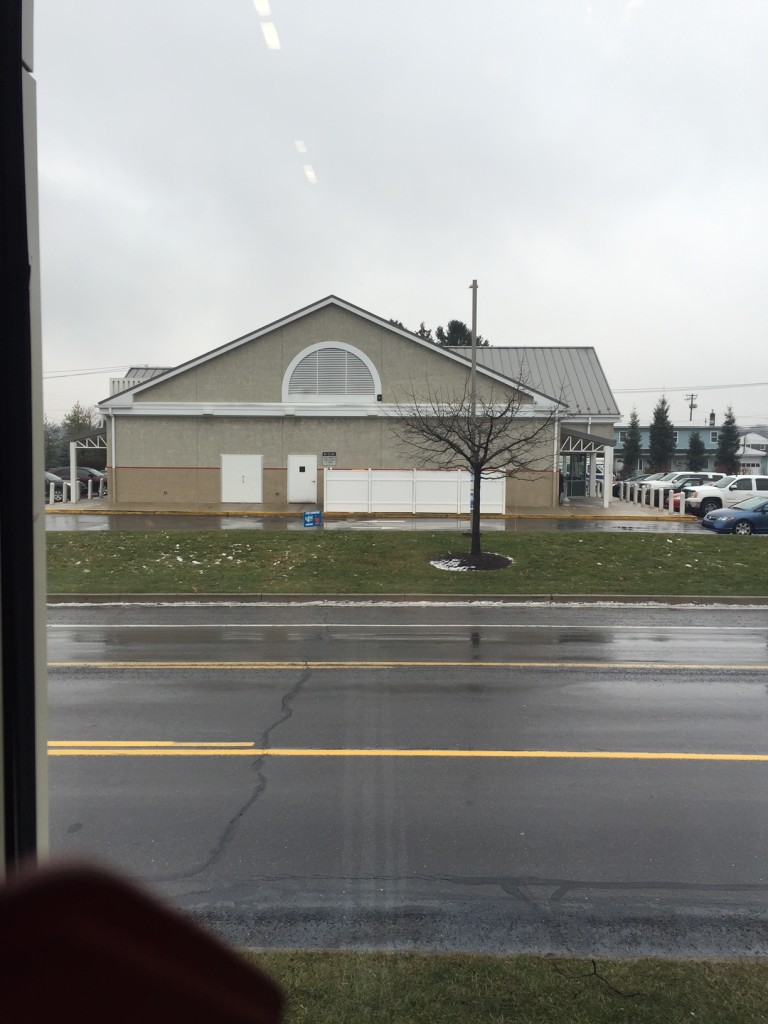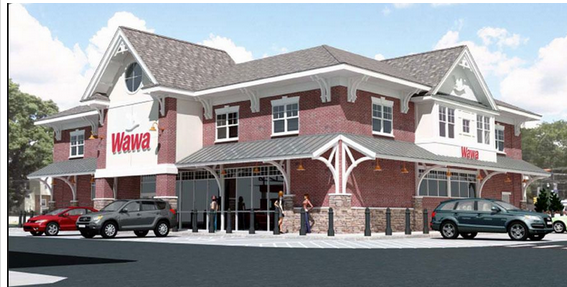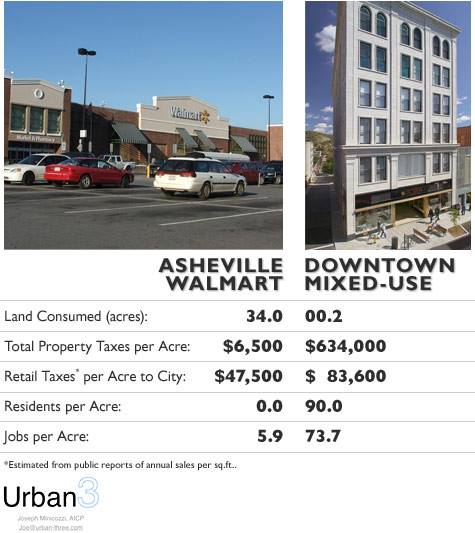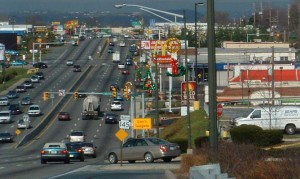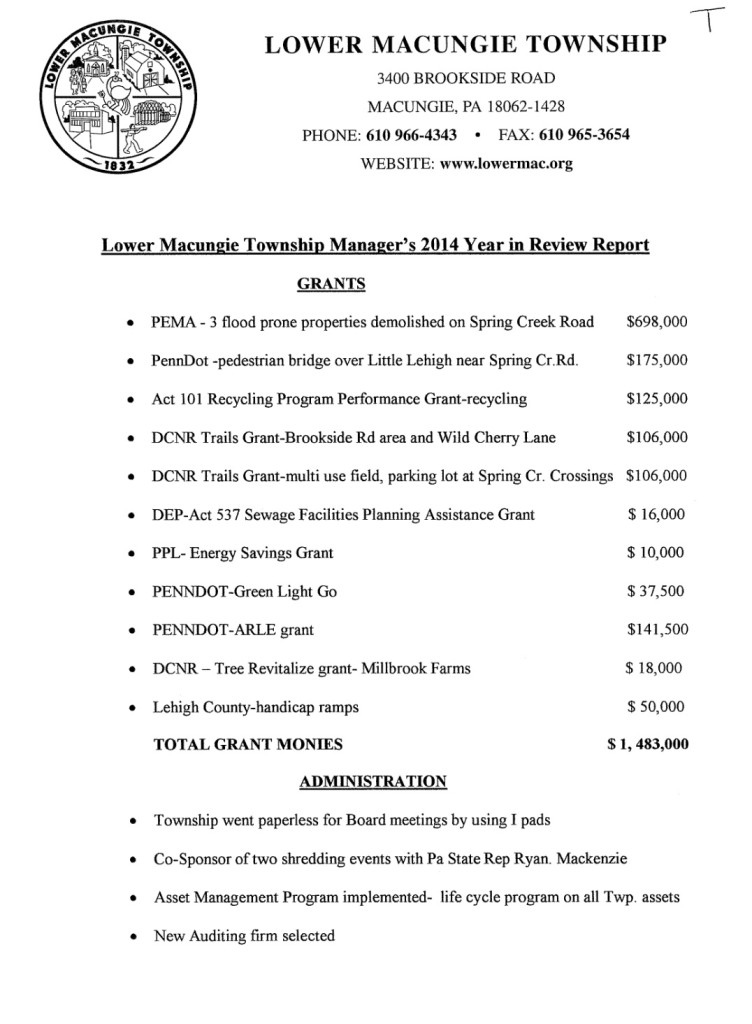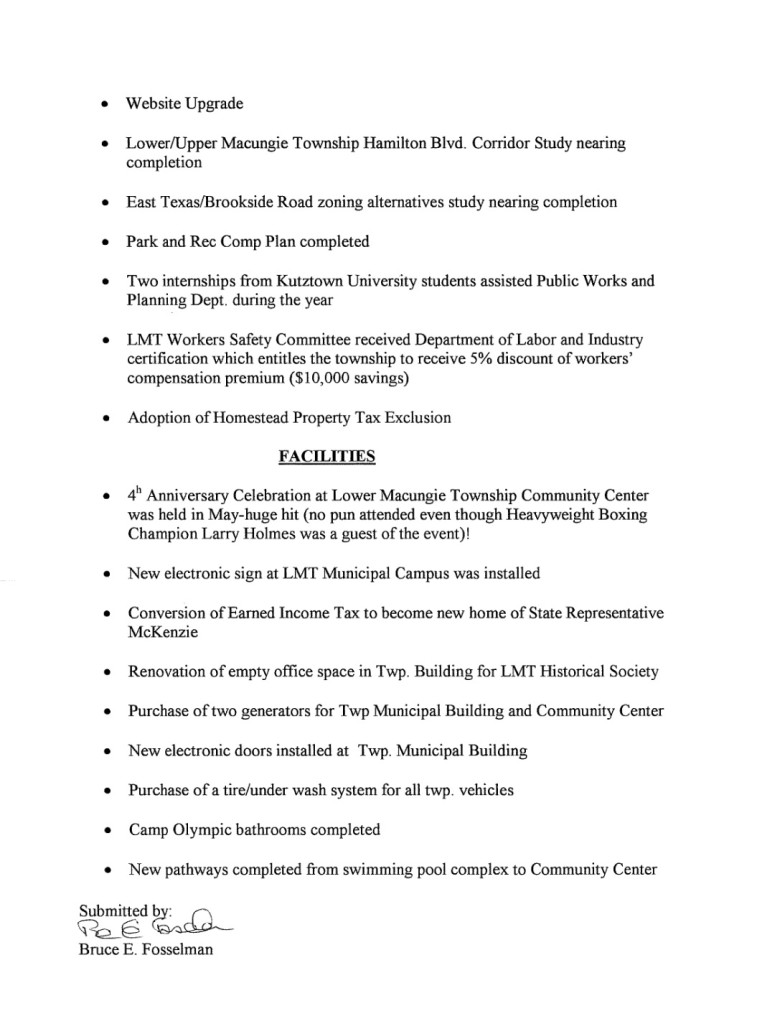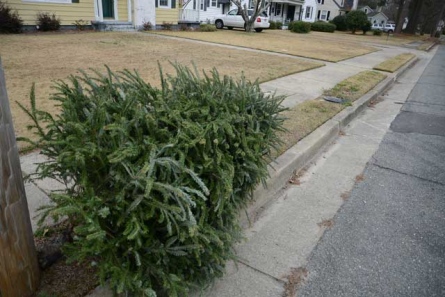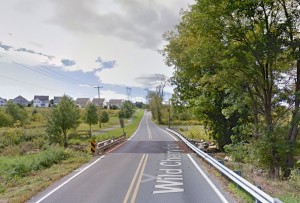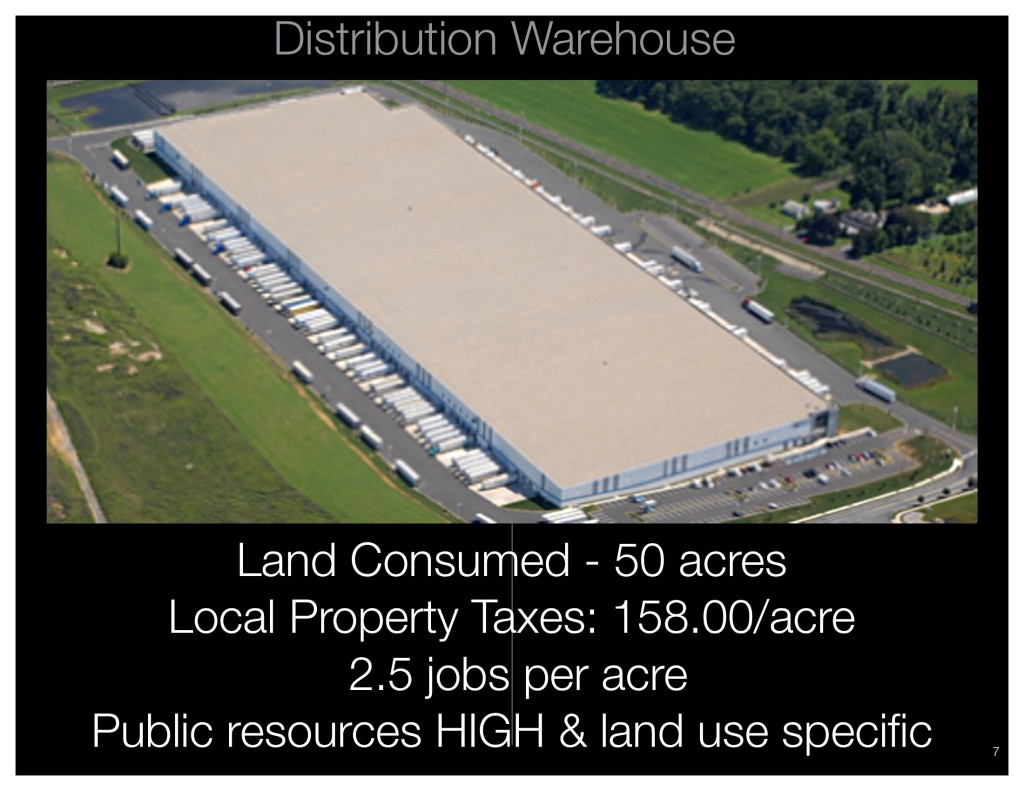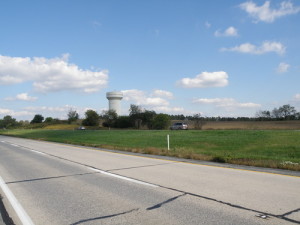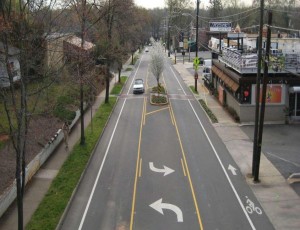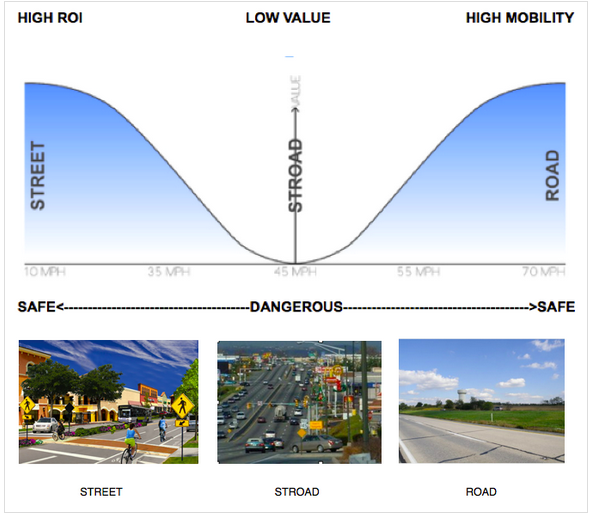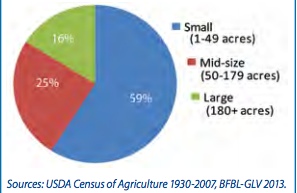Roundabout FAQ’s in Lower Macungie:
Why are roundabouts being discussed now: Penndot policy is that at intersections where roundabouts could be built on state roads municipalities must now prove why a roundabout won’t work before constructing a traffic signal. The driver is safety. Roundabouts are statistically safer for both pedestrians and automobiles. There currently is no township plan for a roundabout. Just a discussion. The driver of the conversation at Willow and Sauerkraut is the planned Allen Organ supermarket and apartment complex which will add 200+ more units at Willow & Rt. 100. Developers are required to study all intersections that will be impacted by new projects. In this case Willow/Sauerkraut is one.
Federal Safety Statistics:
This is the key statistic: By converting from a signalized intersection to a roundabout, a location can experience a 78 percent reduction in severe (injury/fatal) crashes and a 48 percent reduction in overall crashes. (FHWA safe roads for safer future)
There are literally volumes of research on the internet. But the generally accepted bottoms lines are this:
1. Accidents are reduced over time
2. Catastrophic accidents (fatalities) for both pedestrians and automobiles are drastically reduced.
3. In some cases the frequency of “fender benders” increases immediately after construction. This is the “learning curve”. This is rare, but could happen. Critics often point to this (while ignoring all other data). Almost every time it levels off and decreases to below pre-roundabout levels.
The same is for pedestrians. Pedestrians and cyclists have far less risk navigating roundabouts vs. typical intersections primarily because of the lower speeds. A pedestrian has an 85% chance of being killed by a vehicle traveling at 35MPH. This drops to 15% when the vehicle is traveling at 20MPH. There are also less conflict points (see below) the crossing distance is shorter, and there is oftentimes a refuge spot in a splitter island.
Roundabouts are not traffic circles: Nor are they rotaries (New England) or neighborhood circles. Immediately as an almost knee jerk and hysteric reaction folks claim “Jersey is removing their roundabouts”. Not true. Jersey primarily has had traffic circles. These are not roundabouts. The two have almost nothing in common. At one point New Jersey had over 100 traffic circles. Many circles have been removed or slated to be. These are not roundabouts. According to the Penndot presentation last night NJ has 4 actual roundabouts and is considering more. In fact most states are.
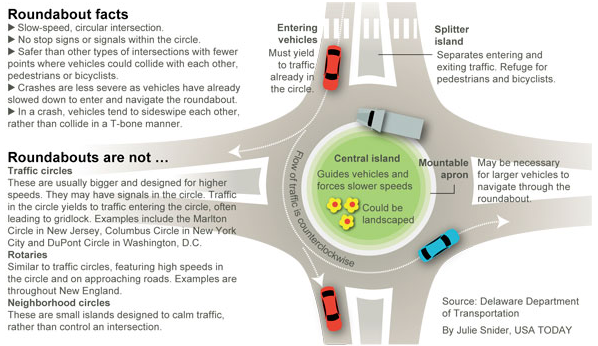
Roundabouts are NOT Traffic circles. Traffic circles and Roundabouts are not the same thing. A traffic circle is not a Roundabout. 🙂
These are are examples of Traffic Circles:
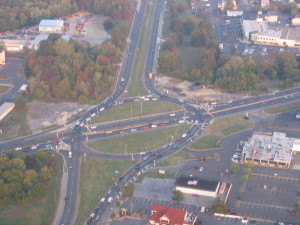
Marlton Circle: Traffic Circles are massive high speed mechanisms employed on arterials or interchanges.
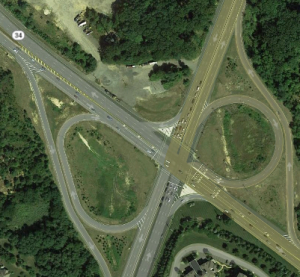
New Jersey is removing circles not roundabouts. Here is the the former Brielle Circle Wall Township, New Jersey, Formally located where Route 34, Route 35, and Route 70 meet. Replaced in 2001 with an at-grade intersection with jughandles.
Below is a small single lane Roundabout: (This would likely be a proposal in Lower Mac) A roundabout is a compact one-way, circular intersection in which traffic flows counterclockwise around a center island. They DO NOT utilize signals in any way. (The Easton Traffic circle is not a roundabout, it is a large traffic circle with signals). The purpose of the design is to slow the speed of vehicles, keep traffic moving and drastically reduce conflict points. (see below)
Conflict points reduced drastically for automobiles: (FHWA)

One of the indisputable advantages of roundabouts is the drastic reduction in conflict points. Roundabouts have ZERO vehicle crossing conflict points as opposed to the 16 vehicle crossing conflict points at signalized intersection. This is where most of the safety benefits arise from.
Accidents are A. reduced in number over the long term and B. accidents that do happen are fender benders not fatalities.
But also for pedestrians: (FHWA)
COST: Roundabouts are the same cost to install and cheaper to operate long term. Frequently, roundabouts save money over the long term because they do not require signal equipment to install, power, and ongoing re-timing. Smaller roundabouts may require less right-of-way than traditional intersections and often less pavement is needed because additional pavement width is not needed for turn lanes. (FWHA) The advantages come long term, but the cost to install is roughly the same. This varies location to location according to PENNDOT.
Why do people oppose them? Public attitude: Roundabouts are almost always resisted. Oftentimes the resistance is almost hysteric. The public usually has an initial fear or negative opinion of roundabouts, but almost always after installation that opinion changes rapidly. This is after they’ve experienced the benefits.
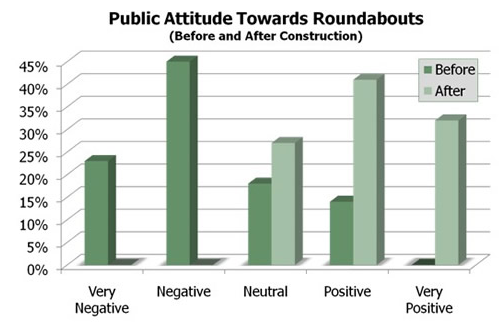
Dark green is before. Light green is after. This is a compilation of before and after sentiment surveys conducted by the FHWA. People oppose roundabouts before they are installed, but after installation opinion rapidly shifts.
Please note: I tend to have a favorable opinion about roundabouts since I am a data driven person. Therefore I can’t ignore the safety benefits. But I am very interested in how Lower Mac residents feel. In roundabouts I see a way to statistically reduce accidents. I also love the notion of keeping traffic moving as opposed to ANOTHER traffic signal.
I rank my preference for Willow/Sauerkraut as follows:
1. *Status quo (4-way stop) 2. Roundabout. 3. Traffic signal.
*To change anything on a state road we need to meet warrants. This can only be determined after a study.
